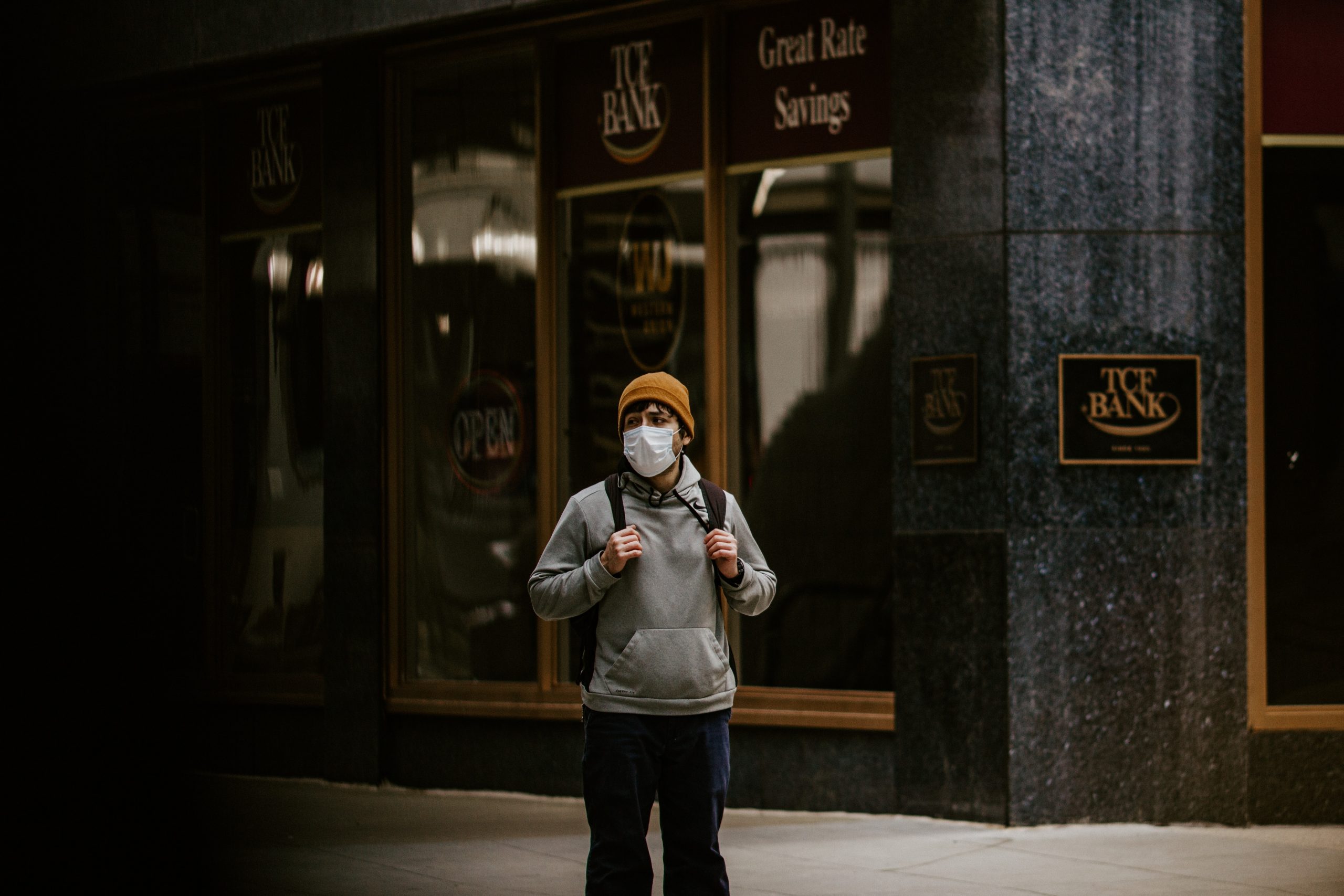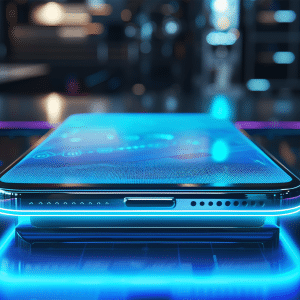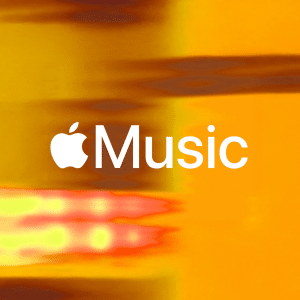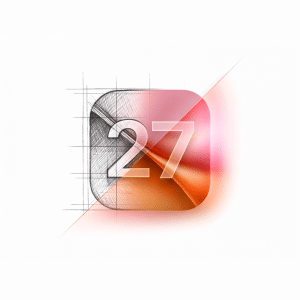With Apple and Google working together on a new contact-tracing app to reduce the spread of the coronavirus in the United States and indeed around the world, the chances are that you’ll see an Exposure Notification pop-up in the next couple of weeks.
Make sure you turn it on to ensure you’re alerted should you come into contact with someone who has symptoms of COVID-19 and read on to find out more about how the service will work.
Perhaps the most important thing to remember is that virtually everyone has a smartphone nowadays, meaning they’re the perfect device for tracing COVID-19 cases.
Though some have been resistant to the idea of a tracing app, the truth is that they’re safe and Apple and Google won’t allow governments to collect personal information; everything is anonymized.
Here’s how it works:
You, an iPhone user, walk into Walmart at the same time as Jonathan, an Android user.
Because you’re both opted-in to the Exposure Notification service, both of your phones will transmit and receive anonymous identifier beacons (codes that help smartphones understand who you have been into contact for, how close you got, and for how long).
The following week, Jonathan is diagnosed with COVID-19, and so he opens his app and confirms is diagnosis.
That information is uploaded to a cloud server and is, again, kept anonymous – nobody will know that it’s Jonathan who has been diagnosed with the disease.
Because you came into close proximity to Jonathan at Walmart, you’ll receive a notification that you were close to him, and therefore should check to see if you have any symptoms and self-isolate or be tested for COVID-19.
If you are positive, you too can share your diagnosis with the app, and then everyone you’ve come into contact with will be advised to self-isolate, too.
Nobody you’ve been in contact with will know it’s you that has COVID-19, as the app keeps personal information anonymous. And because most of us come into contact with tens or even hundreds of people every day, sharing this information can reduce the virus’ spread.
Do you have any questions about the new contact-tracing app? Let us know on social media and we’ll share more information in a dedicated question and answer session right here.







